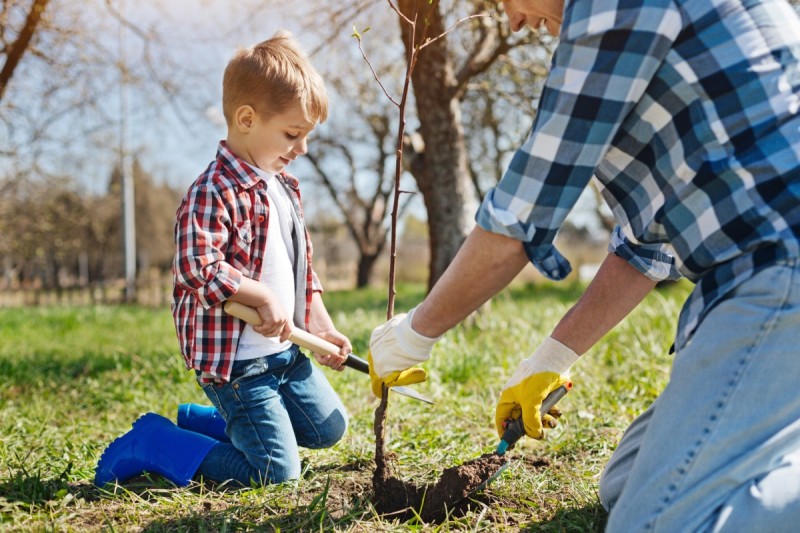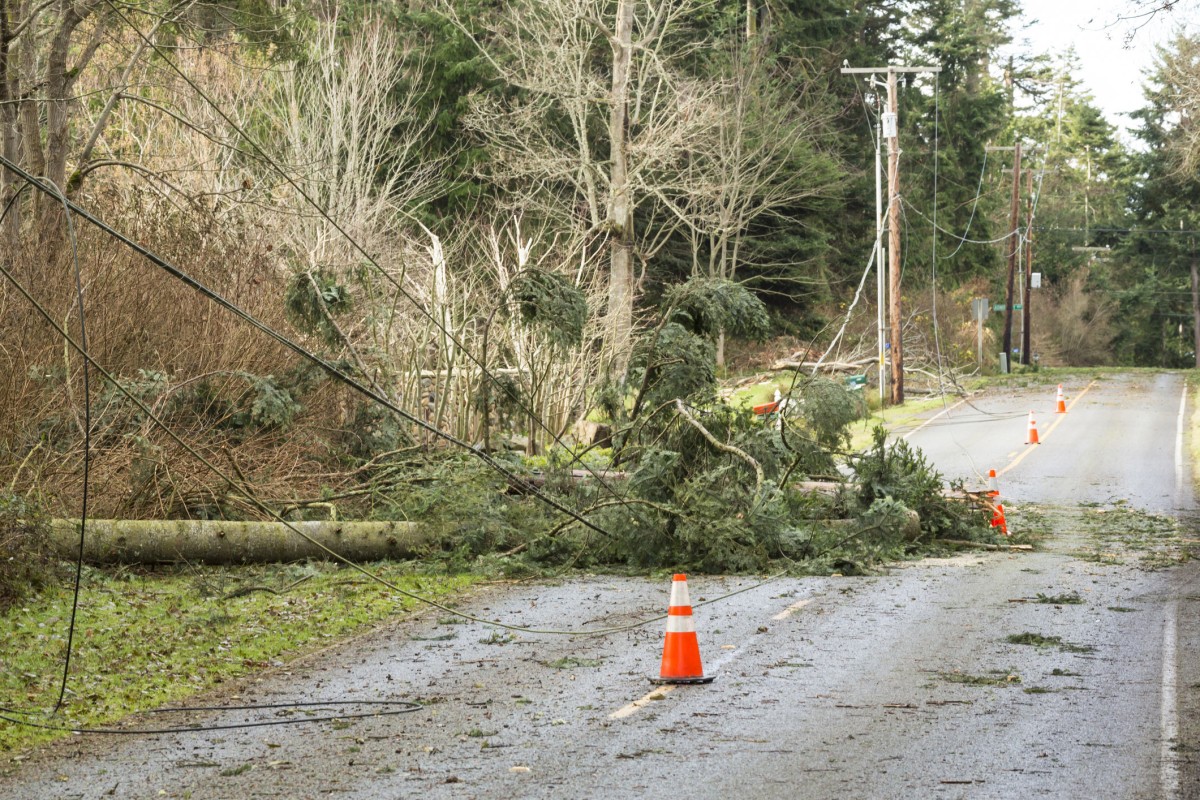
A well-placed tree adds beauty, shade, and value to your property—but the wrong tree in the wrong place can lead to power outages, fire risks, and serious safety hazards. By choosing the right tree and maintaining it properly, you can help protect your community and ensure a reliable electricity network.
How to choose the right tree near power lines
If you're planting near power lines, follow these key guidelines to prevent hazards and ensure your tree thrives:
- Check for power lines and cables: Always inspect your property for overhead power lines and underground cables before planting.
- Avoid large trees near power lines: Instead of tall trees, opt for shrubs or low-growing groundcover.
- Plan for future growth: Trees grow over time. Ensure a minimum clearance of 1.5 metres below and 3 metres to the side of power lines.
- Select suitable native trees: Many smaller native New Zealand trees and shrubs are ideal for planting near power lines while still offering shelter Great choices include:
o Akeake
o Kawakawa (Pepper Tree)
o Manuka (Tea Tree)
o Mapau (Red Matipo)
o New Zealand Flax

Source: iStock image used for illustrative purposes only.
Tree safety and power lines: what you need to know
Proper tree maintenance helps prevent power outages and keeps people safe. Follow these best practices:
New planting
- Before starting any project, check for power lines and underground cables.
- Be aware of how large the plant will grow and ensure it meets clearance requirements.
Shelterbelts
- Trees near power lines must comply with safety regulations.
- If your shelterbelt is within four metres of power lines, you must use an approved shelterbelt trimming company or Network arborist.
- In some cases, power lines may need to be turned off for safety while trimming is carried out.
Trees near conductors
- Only a Firstlight Network-approved contractor should handle tree control work near conductors to ensure safety and compliance.
Private lines
- Some properties have private overhead service mains. The property owner is responsible for managing trees near these lines.
Overhead lines
- Always assume overhead lines are live. If working near them:
o Maintain at least four metres of clearance for scaffolding or machinery.
o Be cautious when operating vehicles with raised apparatus, such as drills or grain augers.
o High voltage electricity can jump—always consult Firstlight Network before starting construction or excavation work near overhead lines.
The Risks of overgrown trees near power lines
Trees growing too close to power lines create serious risks, including:
- Electrocution – Contact with power lines can cause severe injury or death.
- Power outages – Overgrown trees are a leading cause of power interruptions.
- Fire hazards – Dry conditions and trees near power lines can lead to fires.
- Delays in pepairs – Dense tree growth can slow down repair crews, delaying power restoration to homes and businesses.
Fallen power lines: what to do immediately
Fallen power lines are life-threatening—take these immediate safety steps:
- Stay at least 10 metres away from fallen lines.
- Do not touch vehicles that have come into contact with power lines.
- Report fallen lines immediately to Firstlight Network’s 24/7 faults line at 0800 206 207.

Source: iStock image used for illustrative purposes only.
By planting wisely and keeping trees well-maintained, we can help maintain a safe and reliable electricity network for everyone. If you have concerns about trees near power lines, contact Firstlight Network for expert advice.

